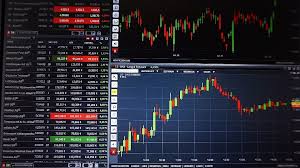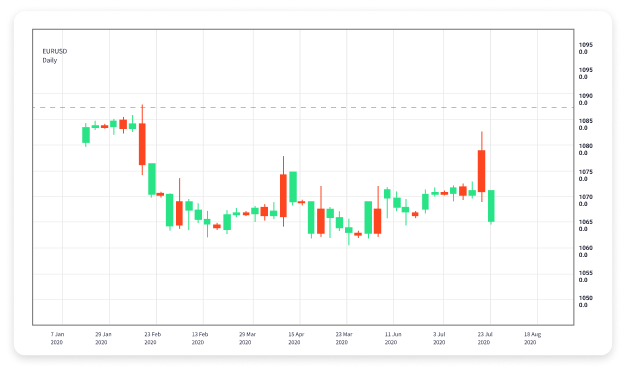Exploring Forex Trading Servers The Backbone of Successful Trading

The world of Forex trading operates on a complex web of technologies, with forex trading servers playing a pivotal role in facilitating transactions and connecting traders. Whether you’re a seasoned trader or just entering the world of Forex, understanding the infrastructure that supports your trading strategy is crucial. This article will explore the different types of Forex trading servers, their functions, and how they can impact your trading outcomes. Additionally, we will discuss how you can enhance your trading experience, including insights from forex trading servers Latin America Trading.
What are Forex Trading Servers?
Forex trading servers are essentially computers or networks of computers that operate to execute trades on behalf of traders. These servers are designed to handle the enormous volume of transactions that occur in the Forex market, which is one of the largest and most liquid financial markets in the world.
The Importance of Speed and Reliability
One of the critical factors in Forex trading is speed. The market operates 24 hours a day, five days a week, and prices can change in milliseconds. Therefore, having a fast and reliable trading server is crucial for executing trades at the right price. Slower servers can result in slippage, where the price at which a trade is executed differs from the expected price, leading to potential losses for traders.
Types of Forex Trading Servers
In general, there are two main types of Forex trading servers:
- Dealing Desk (DD) Servers: These servers are used by brokers who take the other side of a trader’s position. In this model, the broker profits through a spread, which is the difference between the buying and selling price. Dealing desk servers may introduce a slight delay in trade execution since they act as intermediaries.
- No Dealing Desk (NDD) Servers: NDD servers connect traders directly to the interbank market. This allows traders to benefit from tighter spreads and faster trade execution. NDD servers include both Straight Through Processing (STP) and Electronic Communication Network (ECN) models, which cater to different trading strategies and preferences.
Choosing the Right Forex Trading Server

When selecting a Forex trading server, several factors should be taken into account:
- Latency: The distance between your trading server and where trades are executed can significantly affect latency. Look for brokers whose servers are located close to major exchanges to minimize delays.
- Stability: The reliability of a server is paramount. Look for brokers with a proven track record of uptime and minimal disruptions.
- Order Execution Time: This refers to the speed at which your orders are executed. Faster execution times can lead to more favorable trading conditions.
- Reputation of the Broker: Research the broker’s reputation. Reviews and testimonials from other traders can offer insights into their reliability and service quality.
How Forex Trading Servers Impact Our Trading
The choice of Forex trading server can have a significant influence on the trading experience. A low-latency server can mean the difference between securing a profitable trade and missing out on opportunities. Additionally, a stable server minimizes the risk of disconnections during volatile market conditions, ensuring that traders can execute trades as planned.
Moreover, the type of server you choose may also affect your trading costs. For example, many NDD brokers offer tighter spreads but may charge a commission per trade, while DD brokers might have wider spreads with no commissions. Understanding these differences is vital for strategizing your trading plans effectively.
Technological Advancements in Trading Infrastructure
As technology continues to evolve, Forex trading servers are becoming increasingly sophisticated. High-frequency trading (HFT) strategies, which rely on ultra-fast execution times, necessitate the use of advanced trading servers equipped with the latest hardware and software. These servers often employ direct market access (DMA) capabilities, allowing traders to tap into price movements more efficiently.
Additionally, cloud-based trading solutions are gaining popularity, allowing for greater flexibility, security, and scalability. Traders are now able to operate from anywhere in the world and access robust trading platforms without the need for extensive hardware setups.
Conclusion
In conclusion, Forex trading servers are an integral part of the trading environment, affecting execution speed, reliability, and overall trading experience. By understanding the different types of servers, their features, and the factors that impact their performance, traders can make informed decisions that significantly enhance their trading outcomes. Whether you’re based in a bustling city or exploring trading options through Latin America Trading, the right server can set the stage for a successful trading journey.

